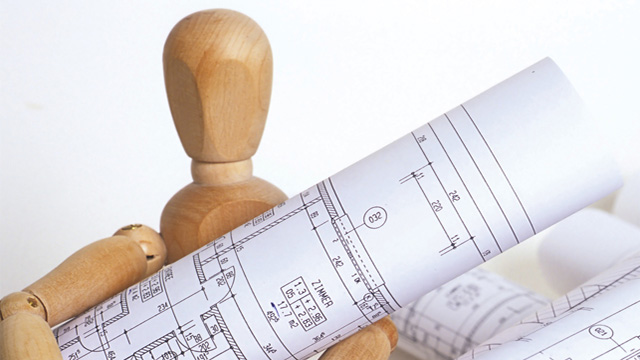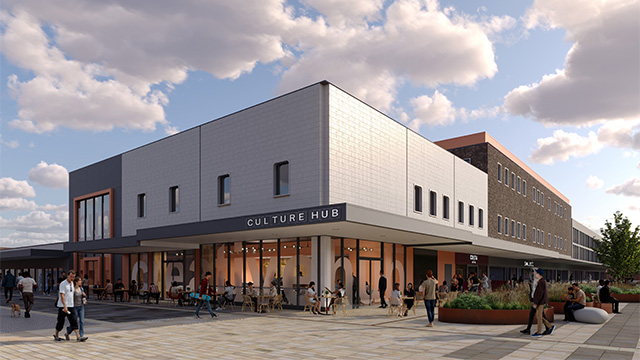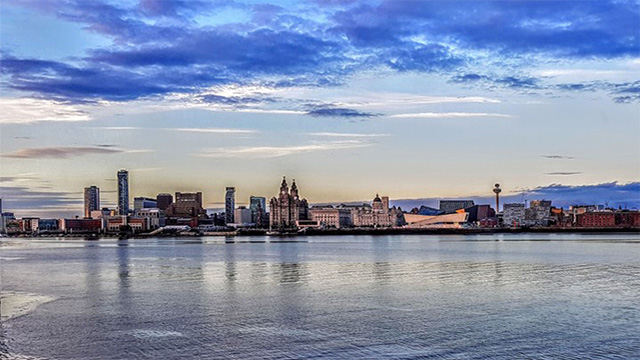Following a better than expected second quarter, Savills believes global investment activity in 2019 could end up in line with 2017, during which US$1.7tn (£1.4tn) was invested.
Global investment volumes were around 4% down at the end of June compared with last year, despite increased uncertainty and a Q1 that finished 17% down on 2018.
Cross-border capital flows have also slowed, with H1 2019 volumes 20% below the same period in 2018. The biggest fall by value was outbound flows from Europe, with $43.8bn invested in H1 2019, a 26% fall compared with the same period last year.
Research from Savills has shown that the most attractive city for investment so far in 2019 has been New York, followed by Los Angeles and San Francisco.
However, this investment was predominantly domestic, with foreign investment accounting for just under $8.6bn for all three combined, almost 5% less than the foreign investment in Paris for the same period.
Also nudging ahead of London, Paris’s strong foreign investment in 2019 has been due to the weight of South Korean money targeting the city this year.
Meanwhile, Europe’s investors have been the most active in terms of cross-border investment so far in 2019, investing $43.5bn, of which $34.2bn was within Europe.
North America was the next biggest investor, with the majority of investors’ cash heading to Europe as well.
Click here for larger version of the map
In Asia-Pacific, several trade frictions between countries such as China and the US, and Japan and South Korea are having an impact on investment volumes, as well as countries such as Singapore skirting potential technical recessions, but it is yet to be seen how tensions since June between Hong Kong and China will knock investment volumes in those locations.
The office sector is still the most sought-after real estate area for global capital to invest in, but with values high there has been a 4% decrease in investment in the sector compared with H1 2018, down to $375bn. Meanwhile, the residential sector has seen a 9% increase in investment (to $254bn), and retail has seen the largest drop, with a fall of 29% (to $168bn).
Paul Tostevin, director for Savills World Research, said: “Global economic uncertainty looks set to continue in the short to medium term, but the search for yield continues, and the comparatively attractive returns that real estate can offer keep demand high.”
To send feedback, e-mail louise.dransfield@egi.co.uk or tweet @DransfieldL or @estatesgazette










